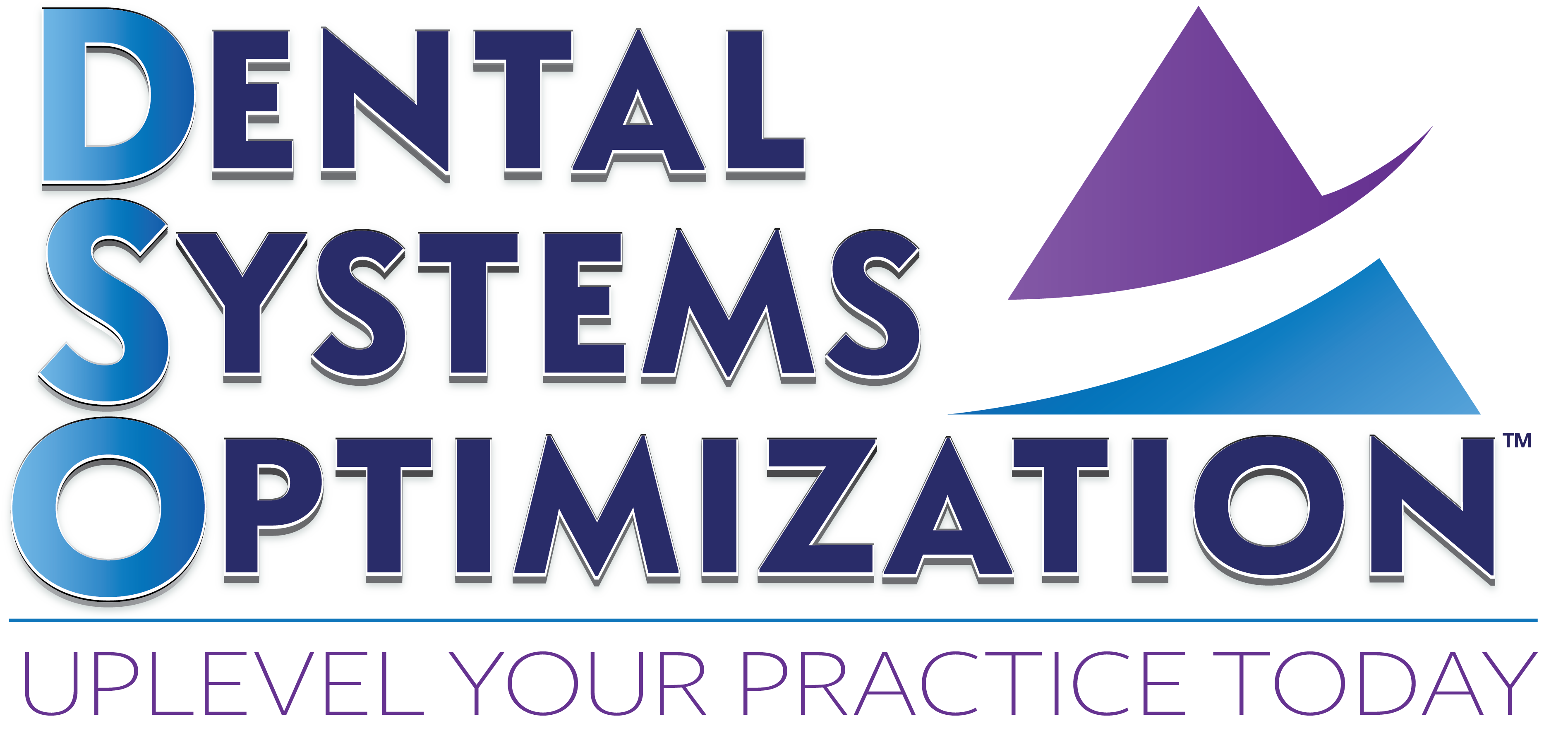After a tumultuous 18 months, the COVID-19 pandemic seems to be receding a bit. This is broadly good news, as the world reopens and life slowly returns to some semblance of normal. Nevertheless, the pandemic is fading but not fully gone and we’ll be living with the aftereffects for some time.
Dentists and the business of dentistry had an especially interesting time during the pandemic. From enforced closures to new concerns about possible contaminants to patient relationships, we were forced to reevaluate many things about the profession and the art and science of dentistry. The future of dentistry post-COVID remains unwritten, but looking forward we can offer some predictions and projections for what that world might bring to us.
First and foremost, we don’t think it’s any great stretch to predict that teledentistry is here to stay. Like remote working or telehealth in general, teledentistry or remote dentistry has found its place at the table as a regular health care practice. This poses a number of challenges for established practices, which will have to continue evolving and adopting better and more efficient telehealth procedures and technologies. For newer or startup practices, it’s a huge opportunity to design practice from the ground up with teledentistry as a central service offered. In-office visits aren’t going away anytime soon–they’ll likely remain the primary mode of patient interaction for some time to come. But teledentistry has cemented its role.
As an extension of the processes that led to the rise of teledentistry, we may find going forward that patient communication has changed due to COVID-19. Just as the pandemic shed light on the important role that remote health care plays for many patients, it also showed that digital culture and the Internet of Things are playing an increasingly central role in patient communication. Ensuring that patients have accurate and up-to-date information about your practice, its services, hours, and staff, and any potential changes is now broadly the job of social media and other forms of digital outreach. We’ve written before about how dental practices of all sizes can best make use of these new opportunities, but it’s time to make them central to your planning and procedures.
This leads us to our next projection: patient concerns about COVID-19 aren’t going away. Just as we saw resistance to masking and social distancing from many COVID nonbelievers during the pandemic, we’re now seeing an increasing number of people who refuse to abandon those practices even when given the green light to do so. Some of them may be your patients, and those patient relationships may become tricky to navigate going forward. Staff training and sensitivity will be paramount in dealing with them.
On the medical side, one of the big changes coming out of the pandemic is an increased focus on aerosols and air filtration in the dental practice environment. A key concern from early on is the role that aerosolized particles might play in transmitting COVID-19 within a dental practice, and the various means to keep both staff and patients safe from it. As the pandemic continues to play out and new strains develop, expect this to be a recurring conversation both professionally and with patients.
The dental profession has much to be proud of as we slowly leave COVID-19 behind. Dentists and their staff suffered a lower rate of COVID-19 infections than average, while still finding ways to provide care to their patients. Both medically and on the business side, many practices found creative new approaches in meeting the challenges of the pandemic. That same creativity and dedication to quality of care will sustain us in the years ahead if we remain adaptable and aware of the changes in our profession.

